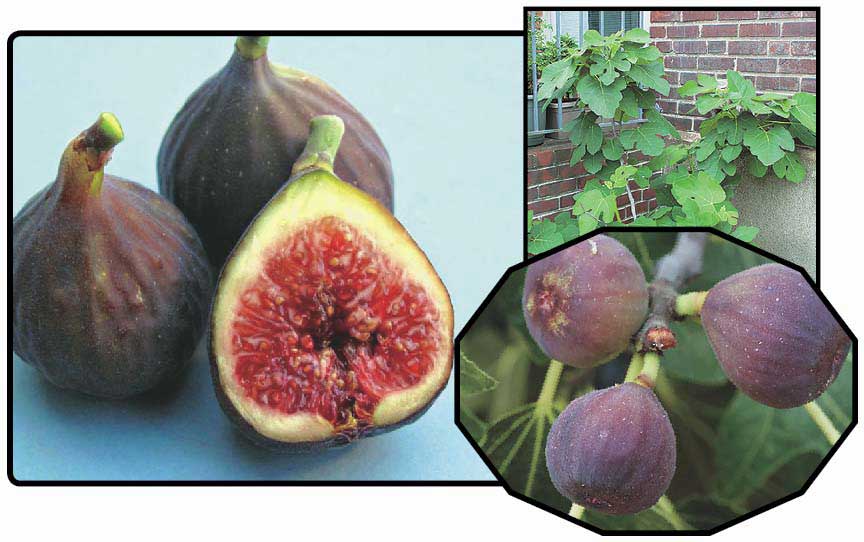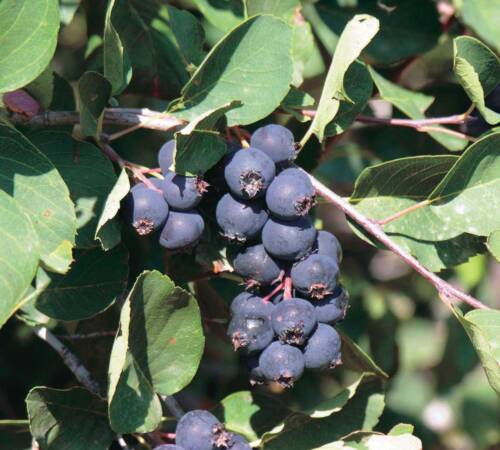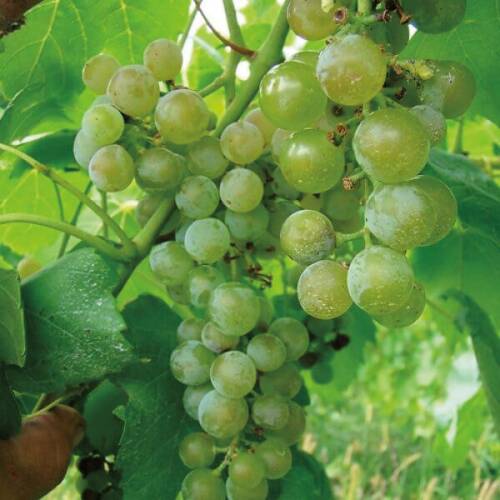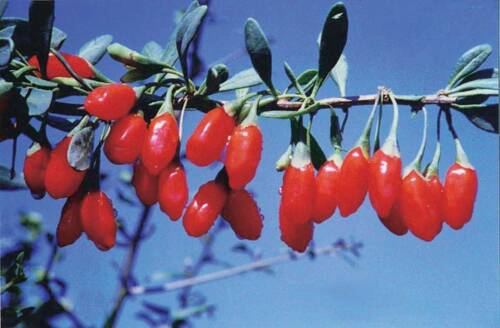Description
![]()
![]()
As this fig tree is not winter hardy under a Zone 5, it is advisable to grow it in a pot and bring it inside for the winter!
Growing a Chicago Fig tree can be quite rewarding as they
are a very attractive plant. This medium sized fig tree ripens a crop
of delicious, very sweet, golf ball size figs with a medium skin that
can be peeled and eaten fresh off the tree in late summer and early
fall! This easy-to-grow and high yielding fig is also known as
‘Bensonhurst Purple.’ Its origins are from Sicily. Mature height can be
up to 3.6 m (12 ft) tall and 3 m (10 ft) wide. Self pollinating.
Planting Instructions
Growing in pots
Grow the Hardy Chicago Fig Tree in a pot that can be easily moved in for
winter care. Transplant them directly into a 10 inch pot to start and
you can later up pot them to a 5 to 10 gallon container. These like to
feel secure in their containers and will grow well in a tight container.
The container itself will also help to shrink the overall size of the
tree. A 10 to 15 gallon container could be this plant’s final home. They
will continue to grow year after year and respond to trimming. These
can easily grow to about 12 ft tall and about 10 ft wide. Depending on
how you trim them you can shape them to grow as a bush or as a tree.
Make sure to feed them at least once a month and more when they are
fruiting and to keep their soil moist, but not wet. Seaweed and 10-52-17 is an excellent food.
Pinching
Pinching is a technique that is required in colder climates. This means
that many figs will not have enough time to fully develop before the
first frost hits. A way to avoid that happening is by pinching. This is
the act of pinching off new leaf growth as its budding. Of course you
don’t want to do that to all new leafs, but only after the fourth leaf
on a given branch. This will cause the plant to double its energy and
produce a fruit there. If you do this properly the figs will develop
earlier and make it through the ripening stage. It takes a fig about two
months to fully ripen.
Fruit
The interesting fact about the Fig is that it has to be left on the tree
to fully ripen. If you take it off the tree early it will stay
under-ripe and if you leave it to long it could get too mushy and most
likely fall off. Now, the trouble with this if grown outside you will
attract a lot of insects and birds. So you must learn to fend them off
and to wait until the fruit is fully mature. You will know when the
fruit is ready to pick when it is fairly soft and can be squished
easily. This is a fairly delicate fruit and can bruise or tear easily
when ripe. Also, check the eye on the bottom of the fruit. Once it is
fully open you will know that it is ready to harvest. When removing make
sure to cut or break off from the stem. If you try to remove too close
to the fruit it will tear or leak some white liquid. This liquid is
irritating so make sure to wear gloves if you are not used to harvesting
figs. Once these are removed from the tree you will see that they spoil
rather quickly. This is one reason they are so expensive and hard to
find when you go to the supermarket. Their shelf life (for most
varieties) is only about 7 days. For cooking purposes you can remove
them a little earlier when they are more firm and those will last almost
10 days, but will never be as sweet as if left to fully mature.






